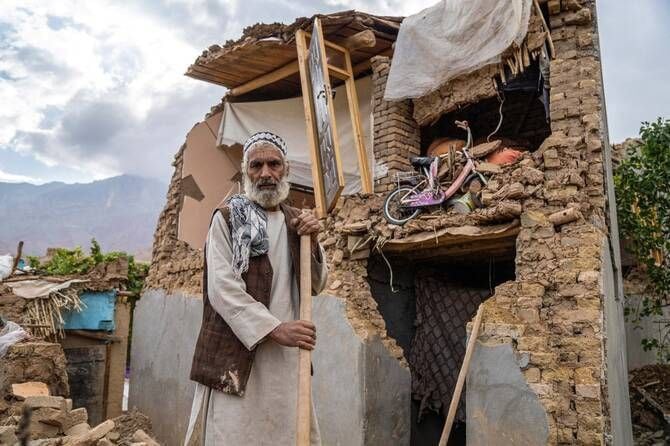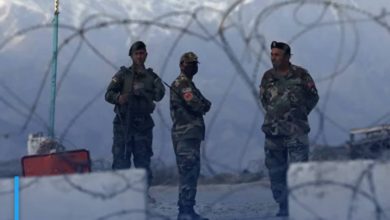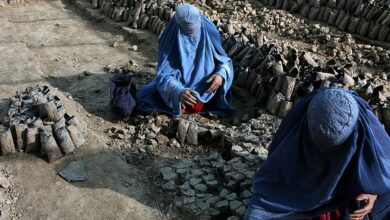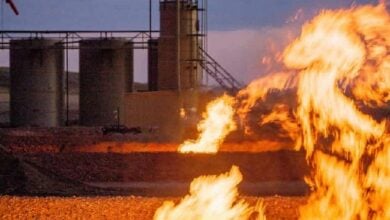UN Warns of Major Funding Gap for Rebuilding Afghanistan’s Quake-Hit Eastern Provinces

UN Warns of Major Funding Gap for Rebuilding Afghanistan’s Quake-Hit Eastern Provinces
…………
Afghanistan needs nearly $129 million to rebuild homes, schools and essential services in its earthquake-affected eastern provinces, according to a new UN-led assessment released on Wednesday. The Joint Rapid Recovery Needs Assessment (JRRNA), carried out with the World Bank, the European Union and the Asian Development Bank, outlines a three-year reconstruction plan for Kunar, Nangarhar and Laghman provinces. The report comes at a time when international support for Afghanistan continues to decline.
The UN has estimated that humanitarian needs in the country will reach $3.2 billion this year and remain at similar levels in 2026, though less than half of the funding requirements have been met. UN Resident Representative Stephen Rodriguez said communities in the quake-hit areas were already facing severe strain due to drought, large-scale refugee returns and deep economic contraction, leaving them with “very limited capacity” to absorb further shocks.
According to the JRRNA, earthquakes across 10 districts caused approximately $86.6 million in physical damage and affected 56,000 families. More than 6,200 houses were destroyed and 2,000 were left structurally unsafe. The quakes also damaged 22 health facilities and 80 schools, raising the overall recovery cost to $128.8 million. Housing needs alone account for nearly $55 million, while education requires around $15 million, alongside significant needs in water and irrigation infrastructure, agricultural land rehabilitation and local road repairs.
Emergency assistance from UN agencies has reached thousands of affected families through temporary shelter and cash support. However, nearly 10,000 households still require urgent shelter solutions, and around 7,700 people remain displaced. Rodriguez noted that while this aid reduced immediate risks, it was insufficient to help families transition from “survival mode” to full recovery without more sustained investment.
The report also highlights a tightening aid environment. Rodriguez revealed that one major donor cut its contributions by up to $90 million this year, forcing the closure of more than 400 health centers in the first half of 2025. The UN Development Programme plans to seek $150 million next year for infrastructure rehabilitation, job creation and private-sector support, including funds for reintegrating returning refugees. But officials say it remains uncertain how much donors will commit.
Afghanistan continues to absorb one of the world’s largest refugee return movements. Rodriguez said 4.3 to 4.5 million Afghans have returned since 2021, with millions more potentially returning from Iran and Pakistan under current policies. With the labor market unable to absorb the growing population, and 88% of returnees in debt, the UN warns that delays in reconstruction could heighten social tensions and increase outward migration.






